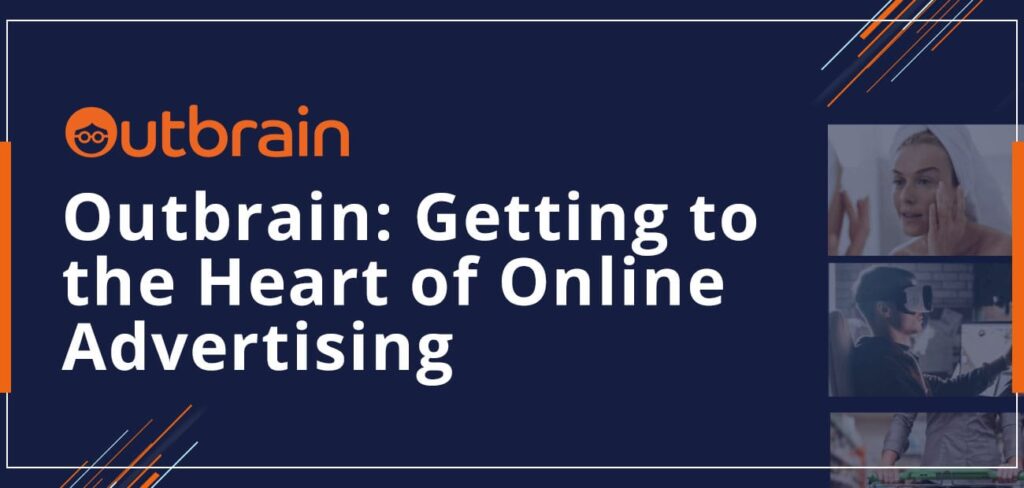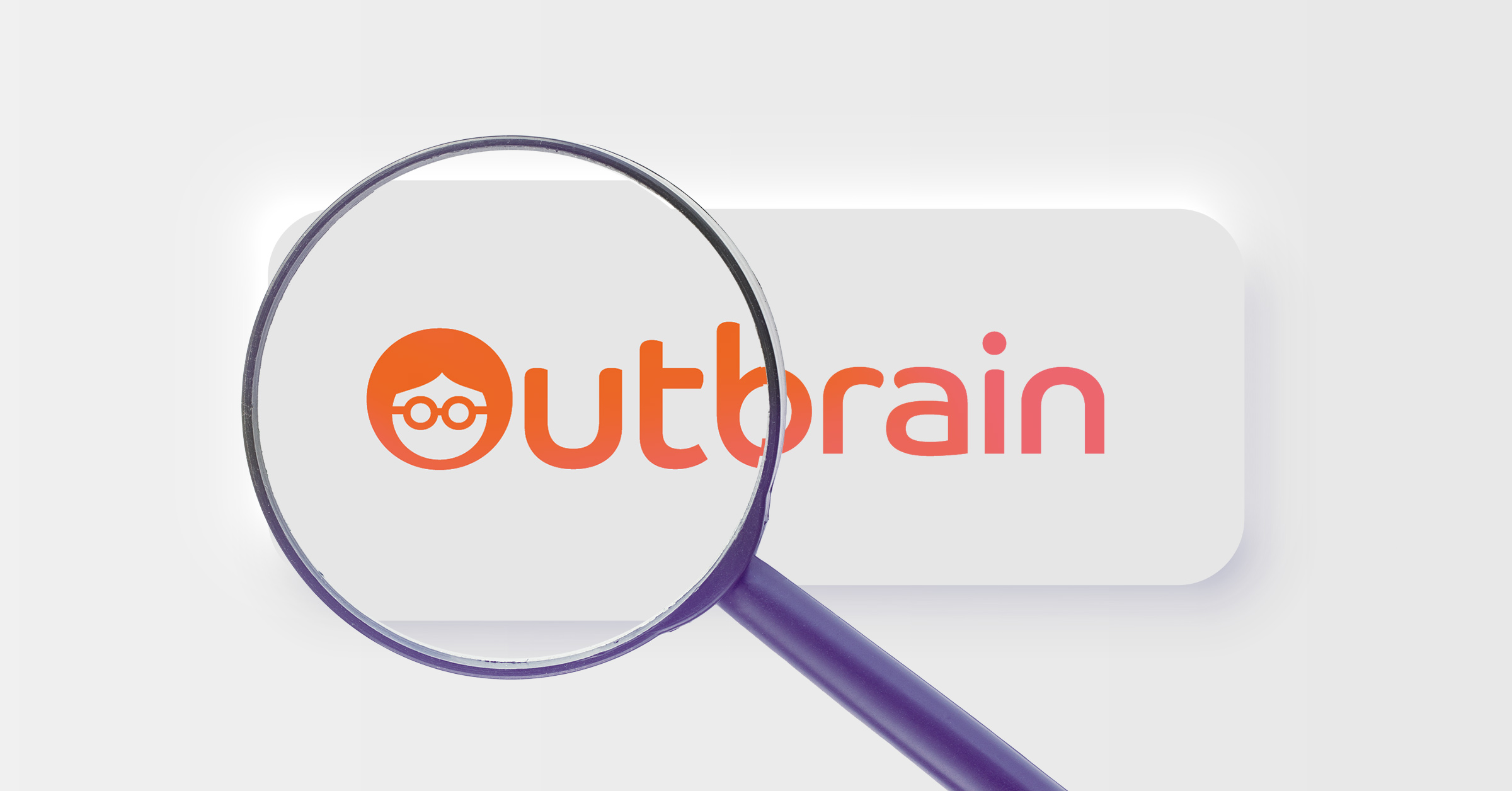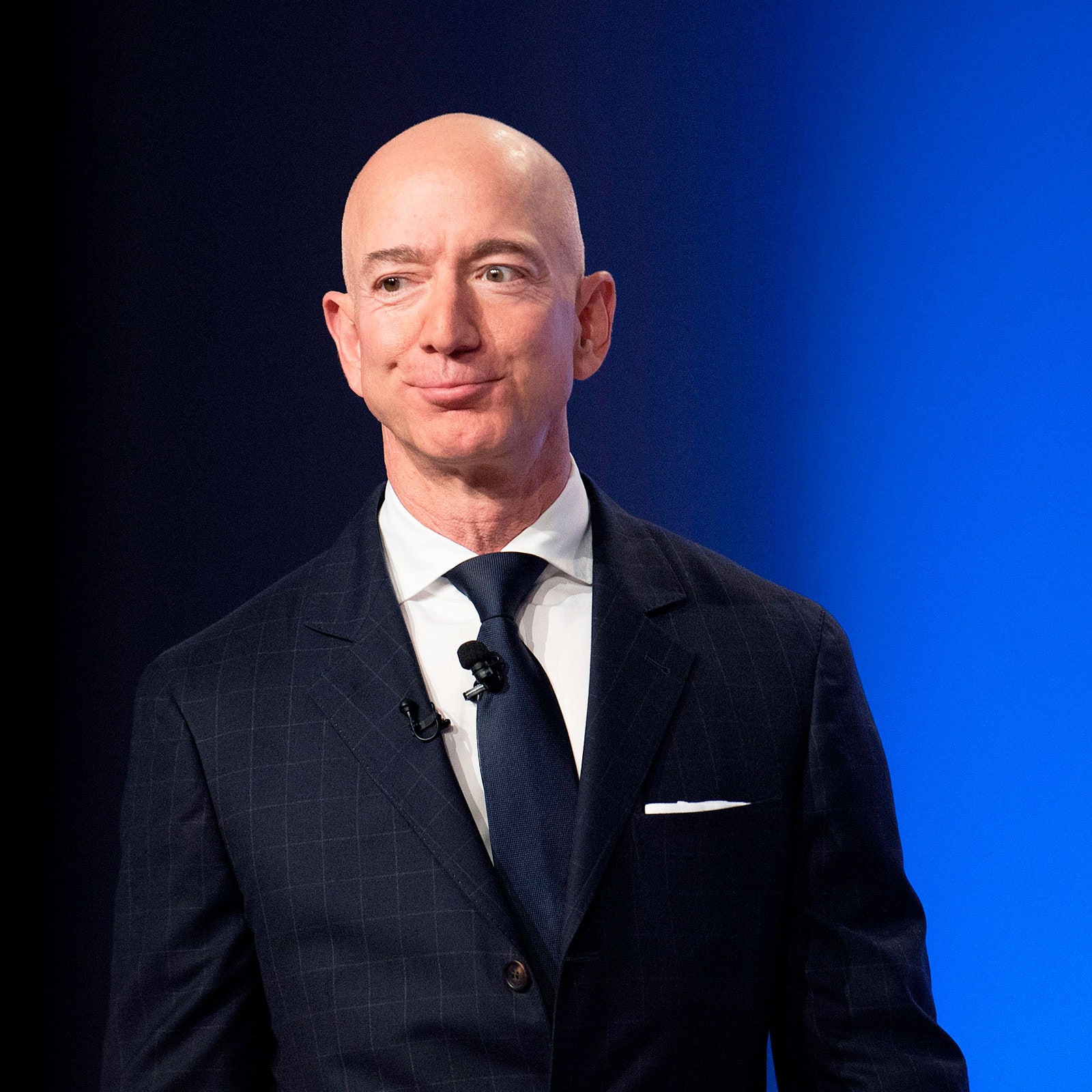Table of Contents
What is Outbrain and how does it work?
It recommends articles, slideshows, blog posts, images, and videos to a reader using targeted advertising. Outbrain’s content recommendations include links to the publisher’s own content as well as links to other websites.
Every day, we are bombarded with marketing as customers. We are bombarded with adverts in our feeds, searches, and even emails that we may not even notice half of them.
At a time when the number of people installing ad blockers is at an all-time high and individuals are starting to automatically block ad content, it’s more vital than ever to make sure your ad is being seen by the right people at the right time. You can’t expect to get any results unless your message is hyper-relevant to them.
Outbrain sponsored content, a platform that offers ads solutions to help you grow your reach while delivering relevant content to your target audience, may be able to assist you with this.
What is Native Advertising and How Does It Work?

Before we get too deep into Outbrain’s platform, it’s important to understand how native advertising works in general.
The majority of advertising you encounter are PPC campaigns, in which advertisers bid to have their ad displayed in front of consumers based on triggered searches or in newsfeeds based on demographics, behaviors, and previous interactions with your brand.
Native advertising employs a unique strategy. Instead, it lists your ad as an article, a segment of a newsletter, or a display ad in specified publications. The aim is to buy ad space in certain newspapers so that your ad can target the proper demographics and reader intent. This ensures that your ad gets seen by users who are not just interested in it in general, but are also interested in it right now.
I’m not going to click on an ad for a brand that makes homemade pasta when I’m researching material for a financial blog article I’m writing, for example. Cooking is a pastime for me, therefore I’m not in the correct frame of mind to click and convert. If I saw the same ad while perusing recipes in my spare time, on the other hand, I’d be much more interested. The emphasis here is on context, with the goal of delivering seamless, hyper-relevant commercials.
What Are the Advantages of Outbrain Ads?
Outbrain advertising has a number of advantages to consider.
The following are the most significant advantages:
- It’s possible that the costs will be cheaper than on other platforms. Some businesses report lower CPCs on sites like Outbrain than standard PPC campaigns on other platforms, owing to a combination of somewhat less competition and the fact that you aren’t competing for high-intent searches. Nissan, for example, saw a 50% cheaper CPC on Outbrain than on other paid channels they were using in a case study.
- You can target relevant people who are looking for content similar to yours. This is an advantage of native advertising that should be considered. People may scroll by your Facebook ad without giving it a second thought, but if they’re actively reading stuff on a major news site, they’re more likely to read the content you’re pushing as well.
- There are more platforms, which means there are more potential connections.
To begin advertising with Outbrain, you must first register an account. This can be done right here. After that, you may start developing your own campaigns to reach premium publication audiences.
What algorithms do they use to recommend your content?

When you submit a piece of content, more than 50 algorithms work together to recommend it to the most interested users across our network. Each item is put into a “exploration phase” for a few days after it is submitted in order to appeal to as many people as possible.
Your campaign will be prioritized at this phase to aid scaling. The Exploration Phase is equally crucial in determining the success of your campaign. If your campaign isn’t performing well during this stage, there could be a number of reasons for this.
While each ad is unique, our algorithms’ recommendations for your content can be roughly divided into four categories:
Personal: The tastes of the reader.
Behavioral: Readers who have nearly comparable tastes.
Contextual: refers to content that is relevant to the setting in which it is recommended.
Popularity: Content that is currently trending on our network in terms of click-through rate.
Best Practices for Campaigns
Outbrain has a long list of best practices for setting up campaigns, but there are a few that are particularly effective for businesses of all sizes.
These are the best practices that have the most impact and are most likely to lead to success in our experience:
- At the same time, test out multiple pieces of material. We propose deploying at least five pieces of content to see how your audience reacts and, hopefully, increase recurring site traffic using the platform.
- Early in the week, start your campaigns. According to Outbrain, the busiest days for sites in their network are Mondays, Tuesdays, and Wednesdays, so your material is more likely to get put and provided straight away
- Create as many campaigns as you need. For the best results, each audience that uses different targeting should have its own campaign. Unlike other platforms, it’s advised not to stack targeting here, or you’ll have a hard time scaling your ads.
- Tablet and desktop should be paired together, not tablet and mobile. Despite the fact that tablets are truly mobile devices, desktop and tablet CTRs will be more similar for this platform.
- Bid as much as you can or are willing to pay. To boost your potential number of placements, you want to be as competitive as possible with your bids, especially since Outbrain will optimize your prices. Even if you’re eager to bid $0.50, they’ll just charge $0.20 if it’ll only cost $0.20. If you’re layering targeting choices, you should make sure your bids are as competitive as possible to avoid scalability concerns
- Keep a close eye on your campaign







